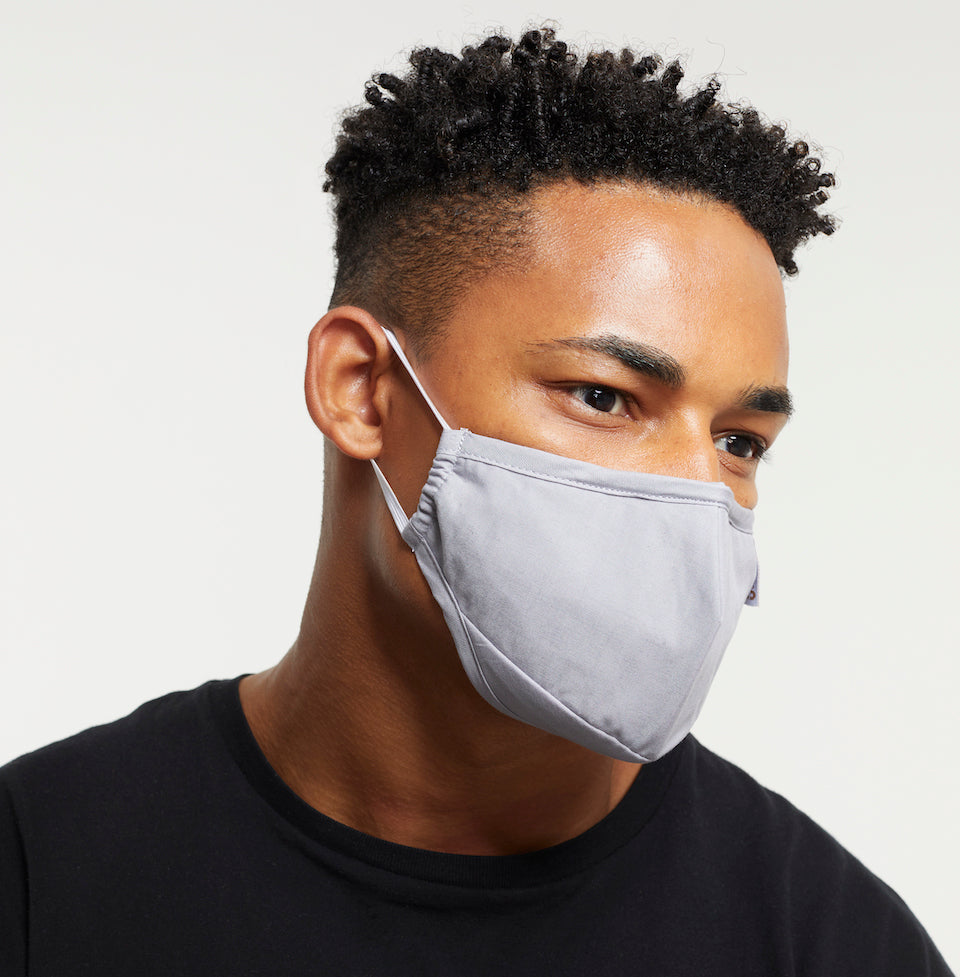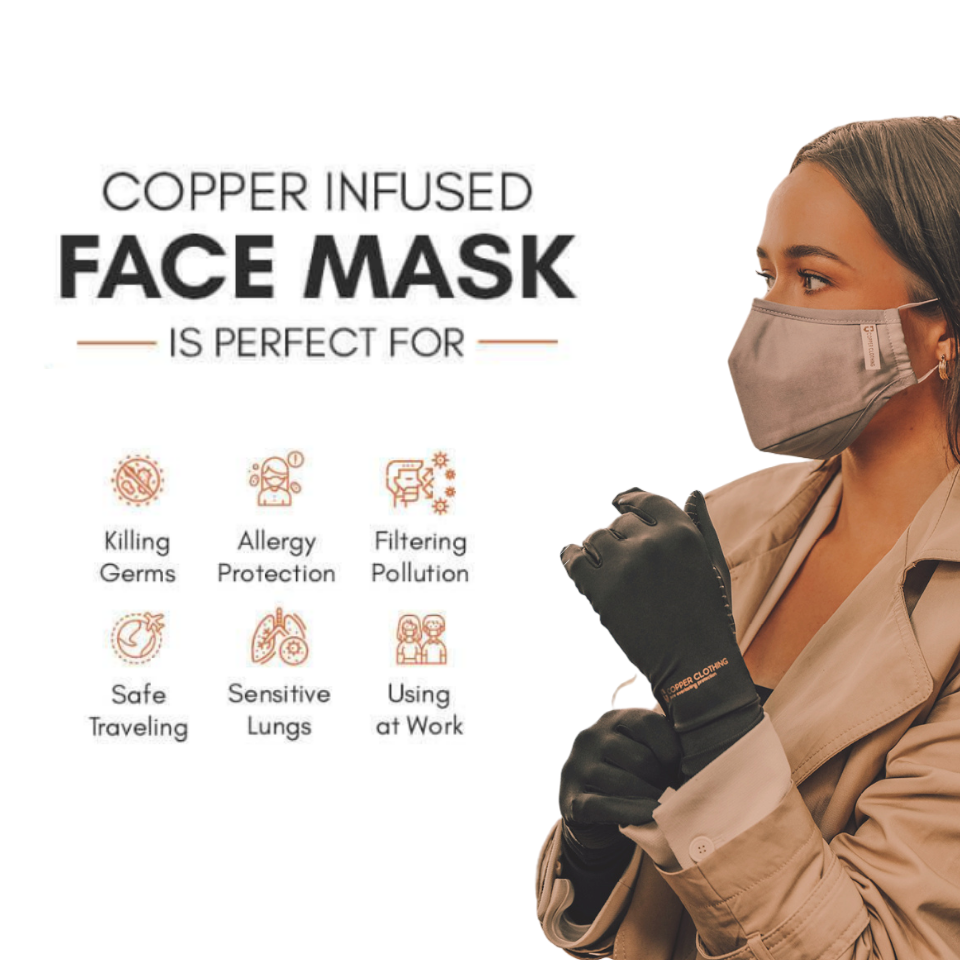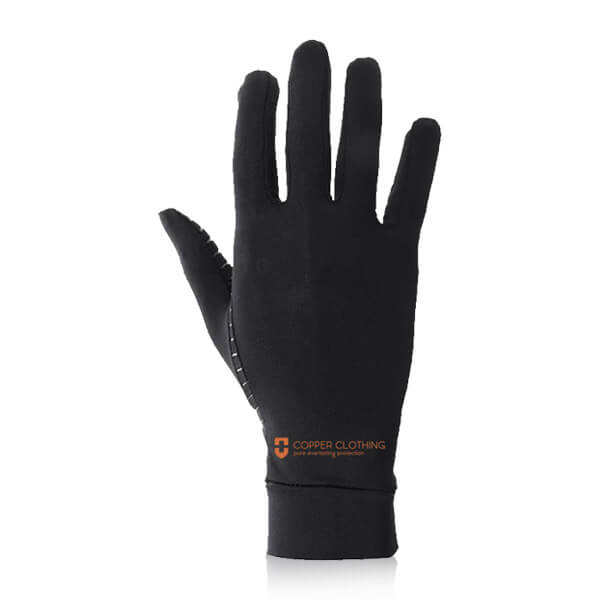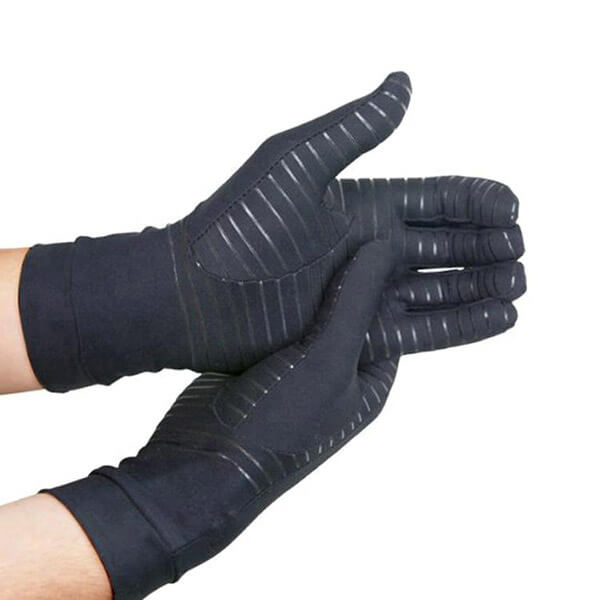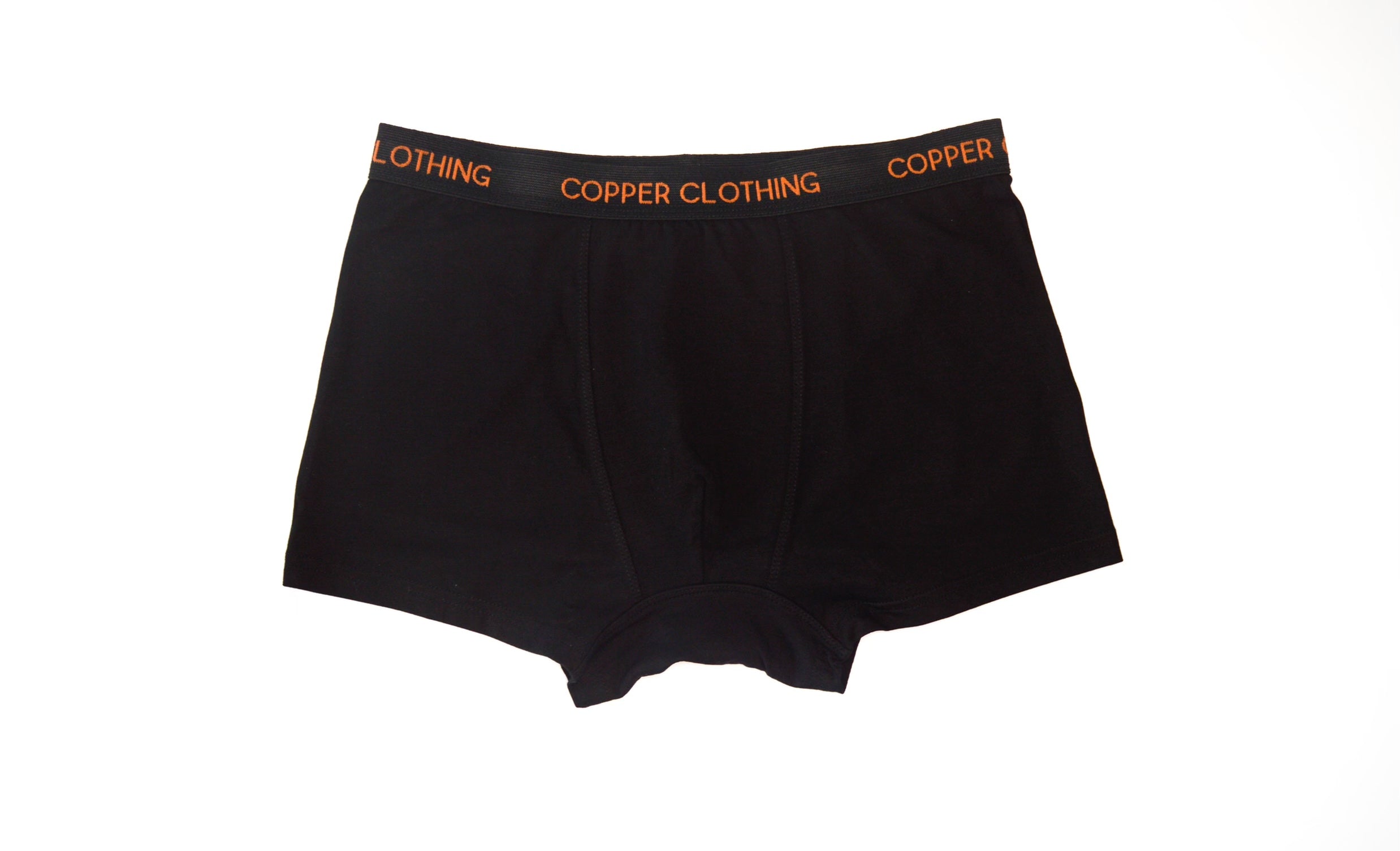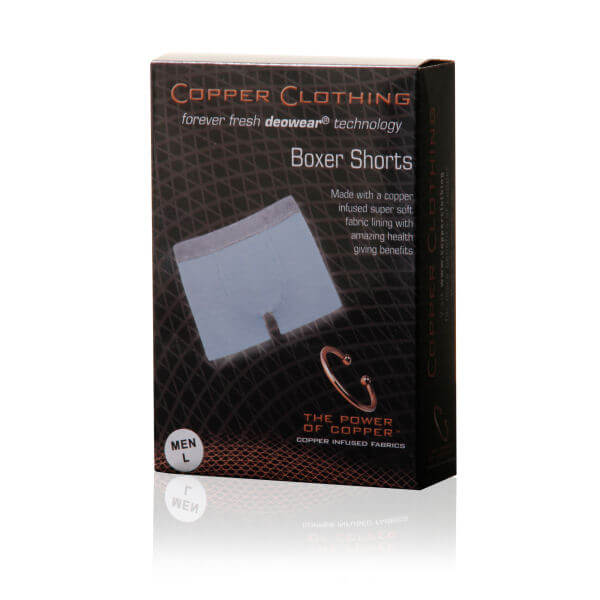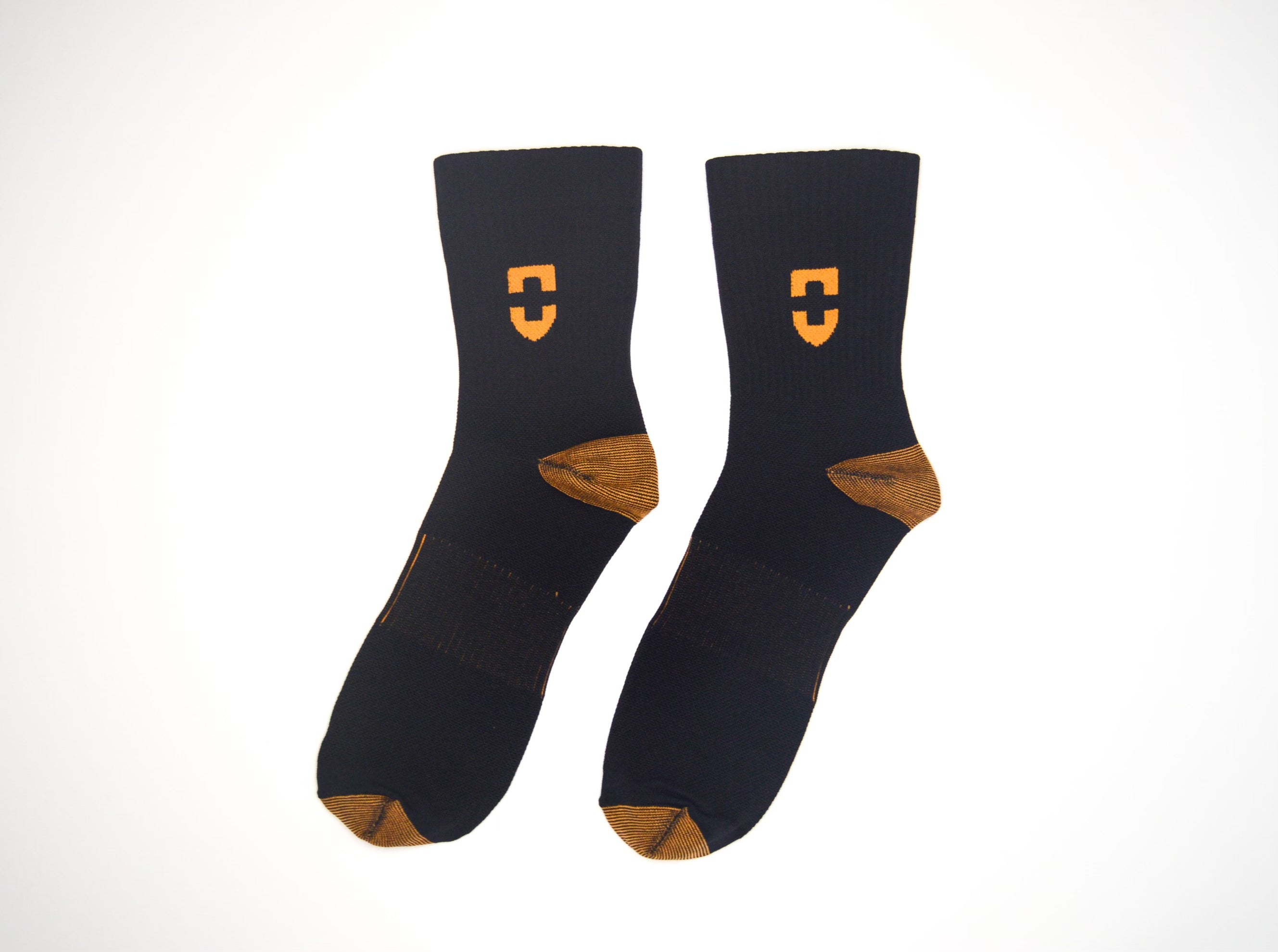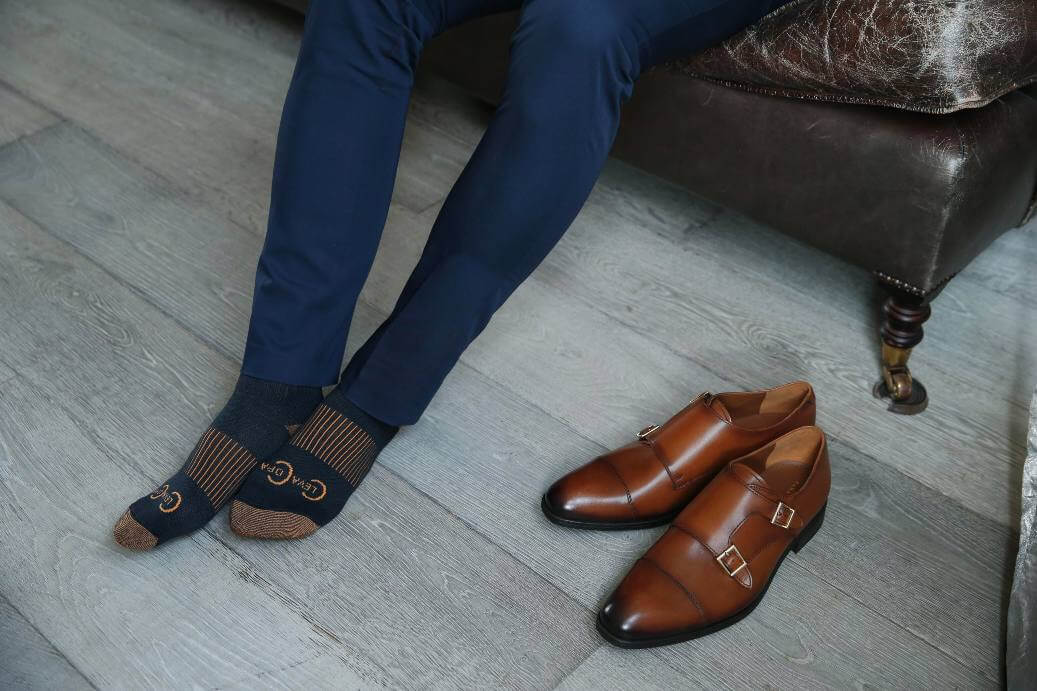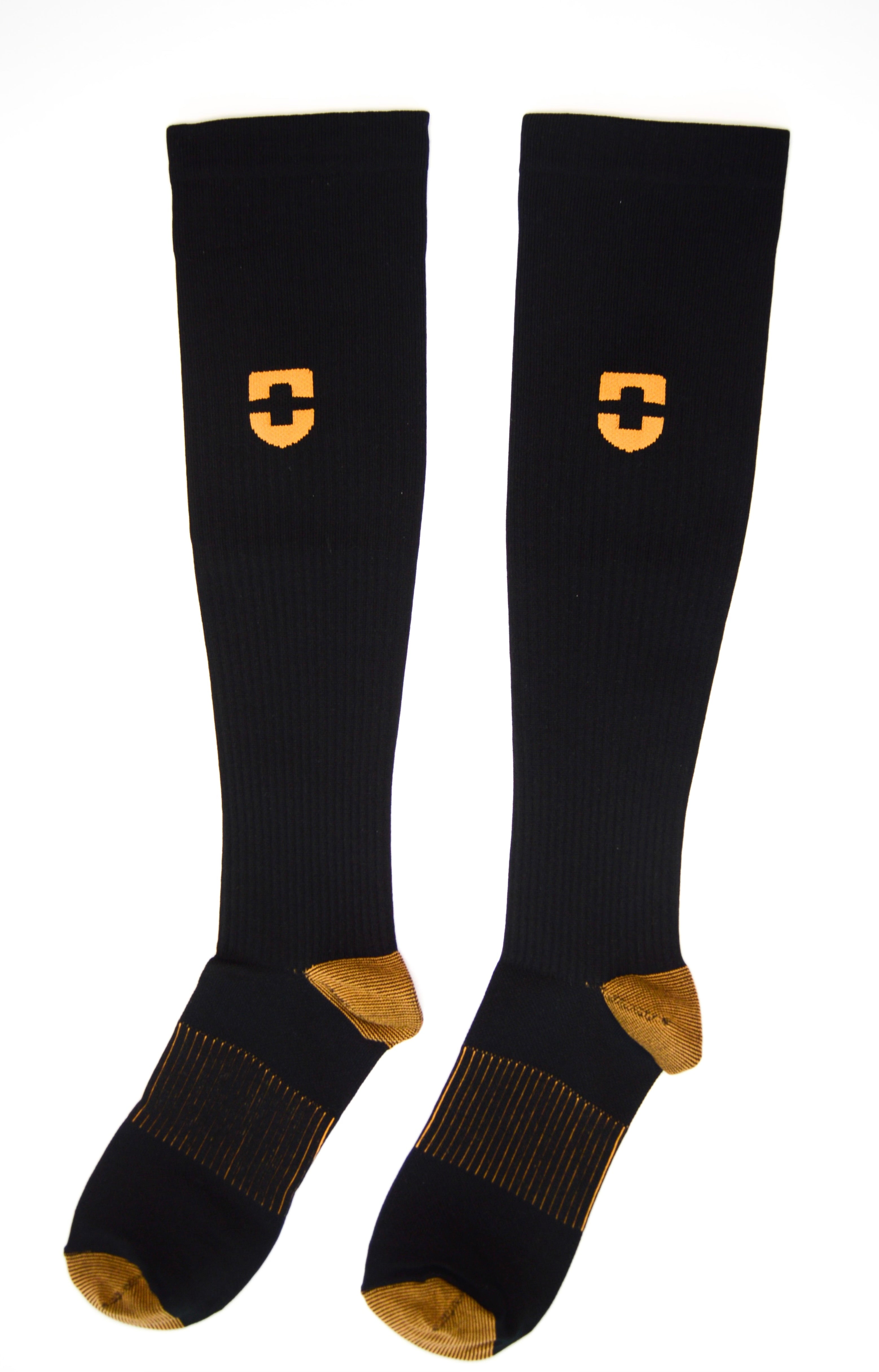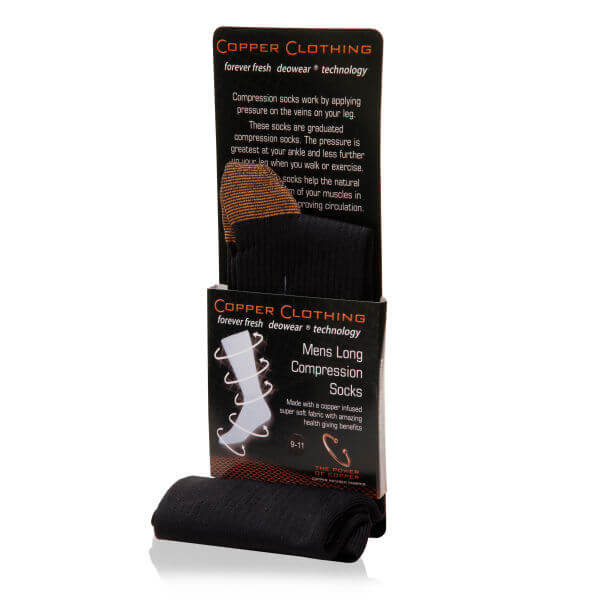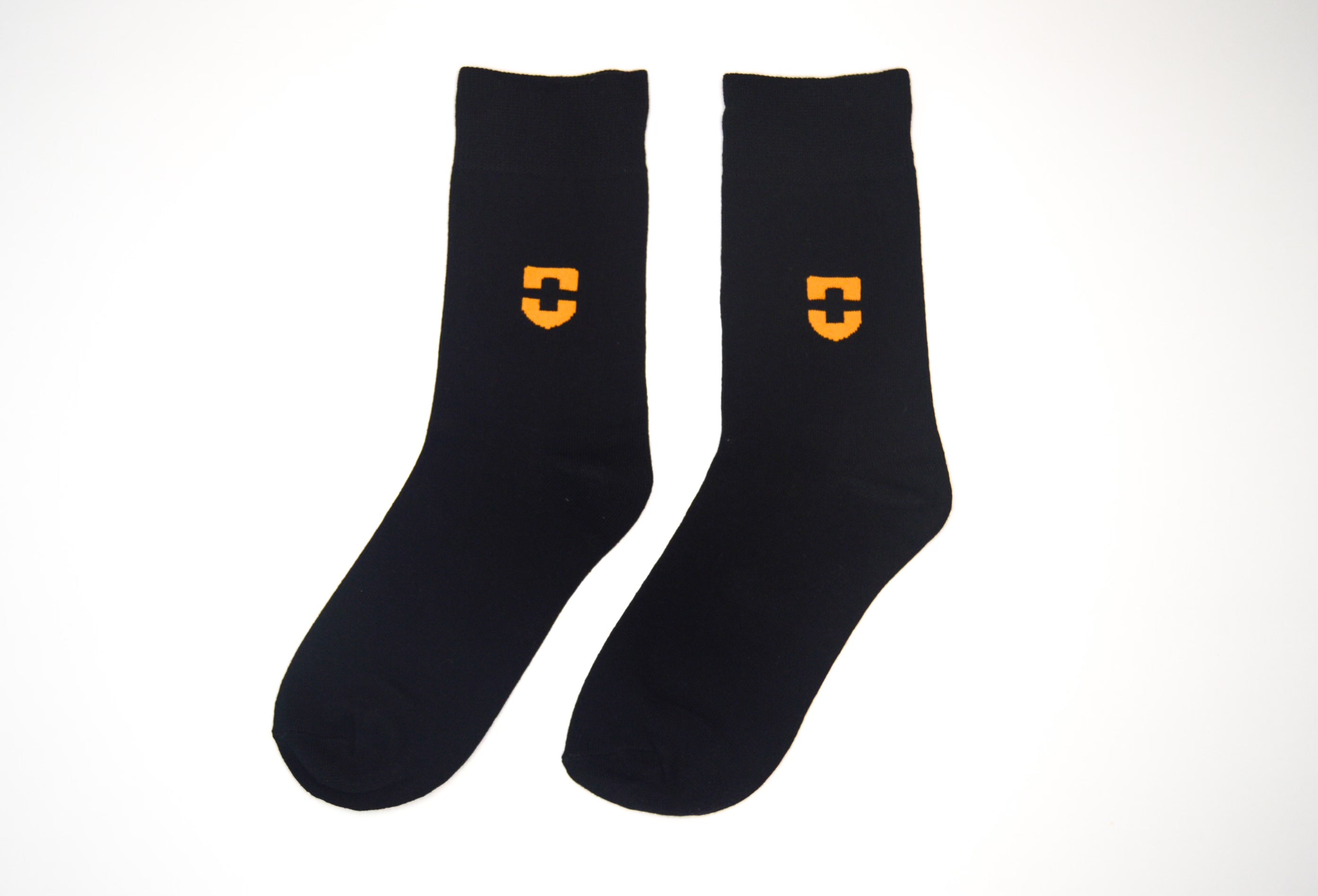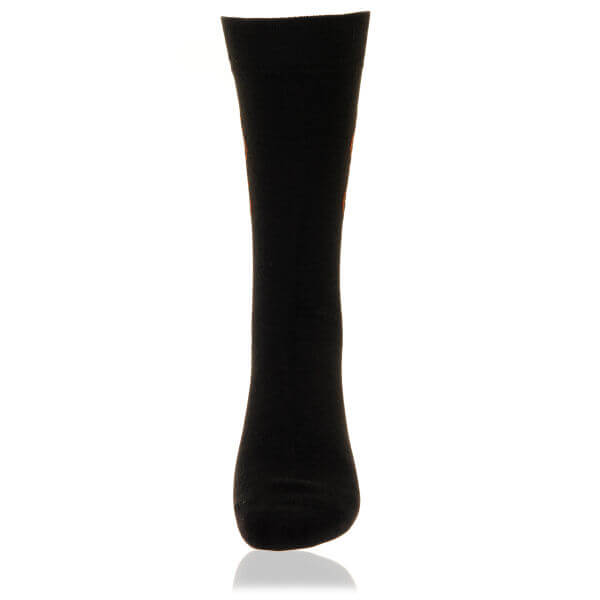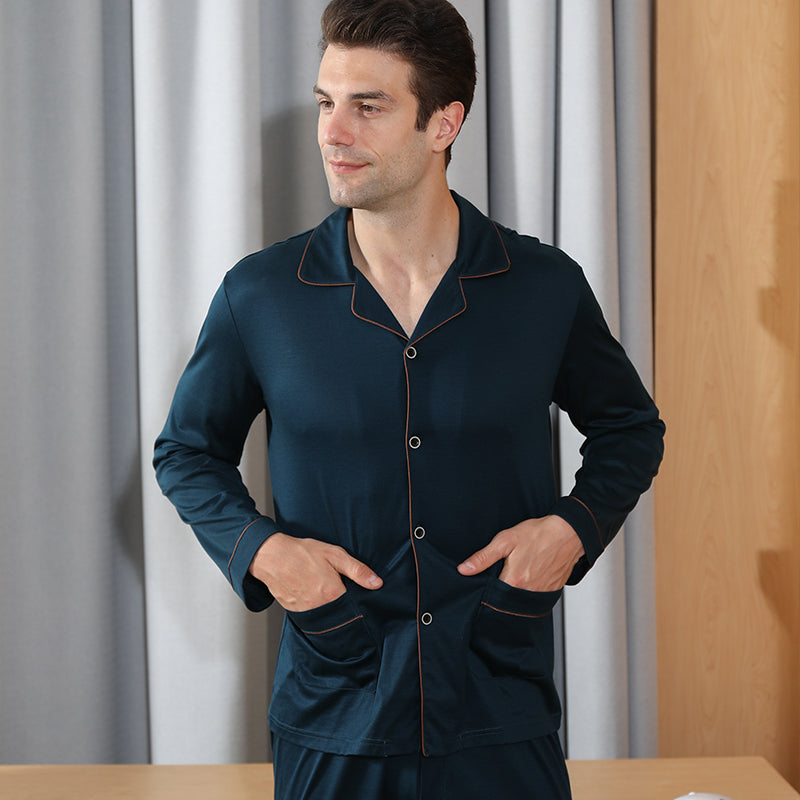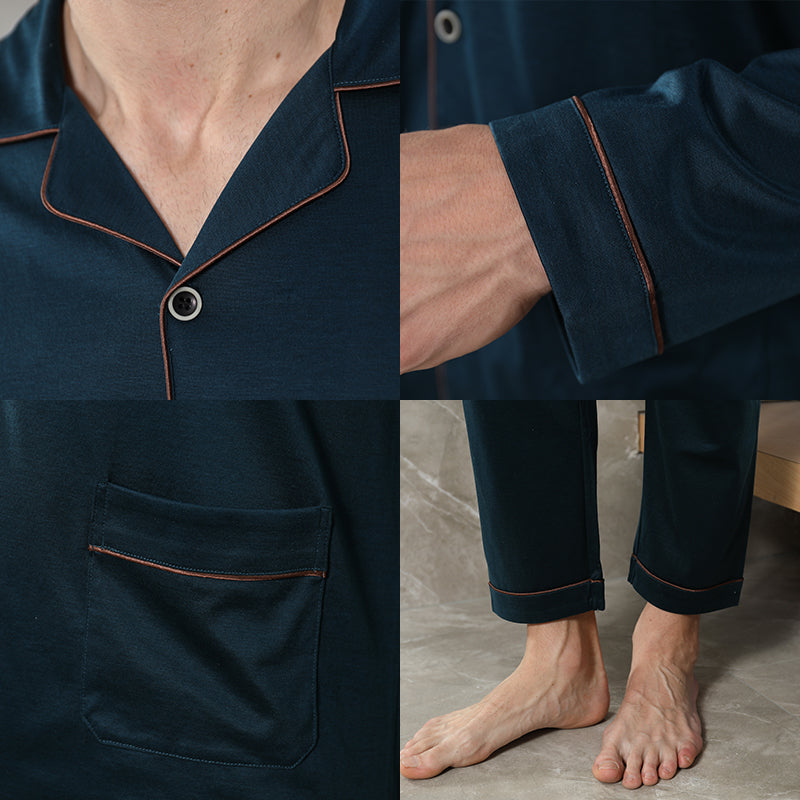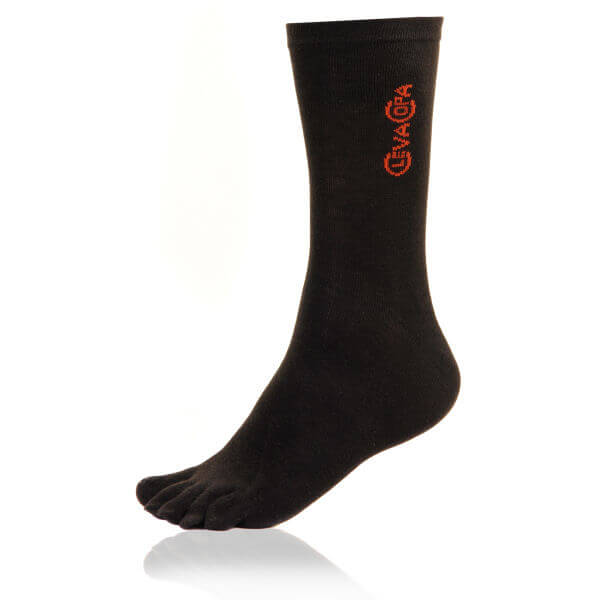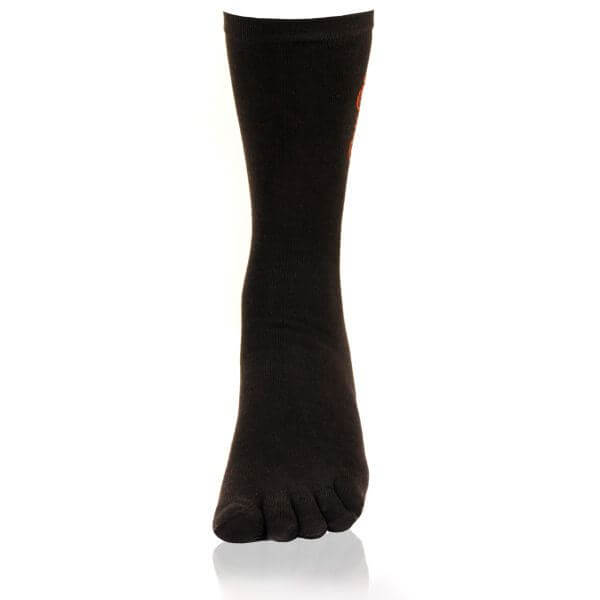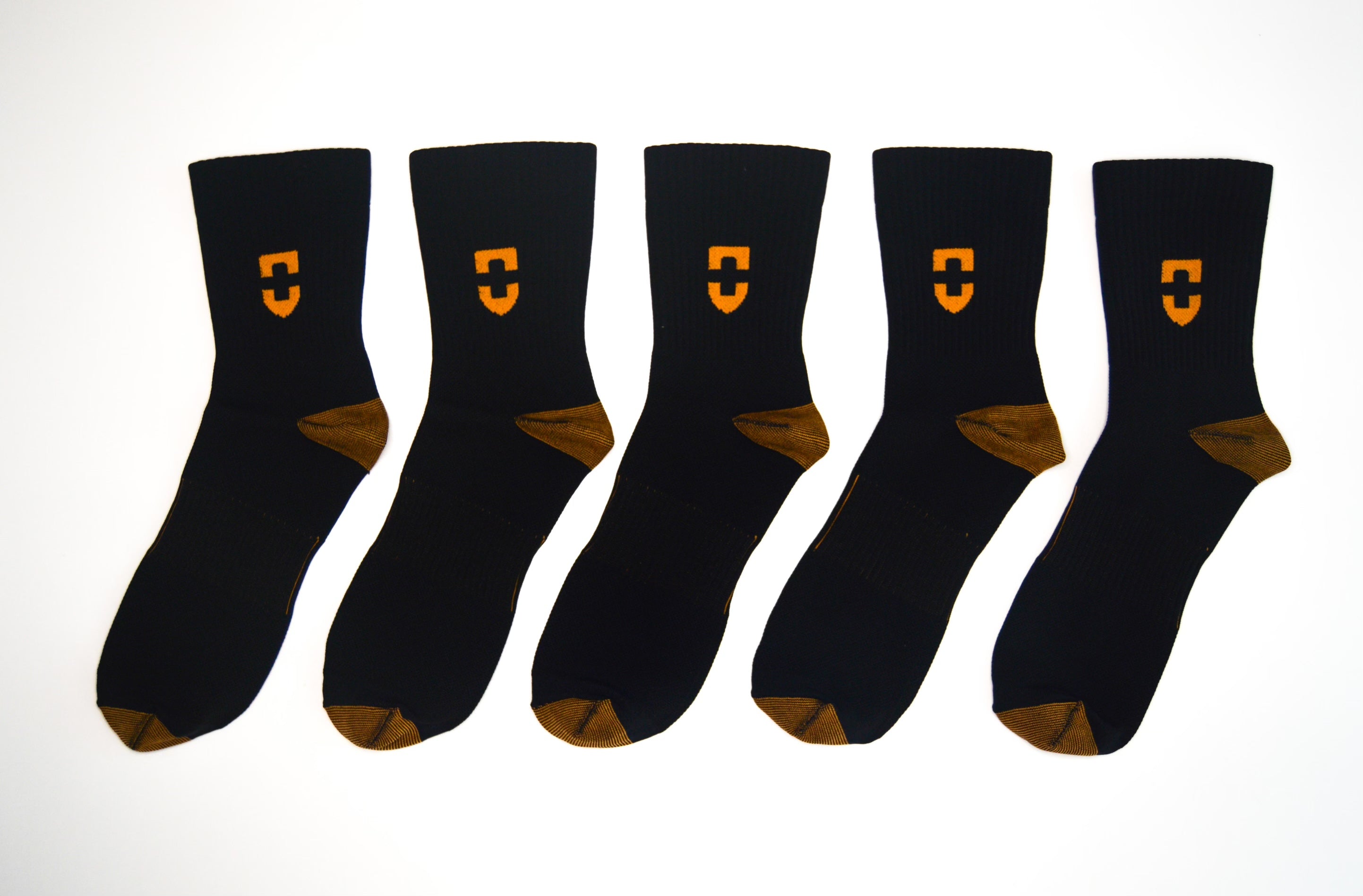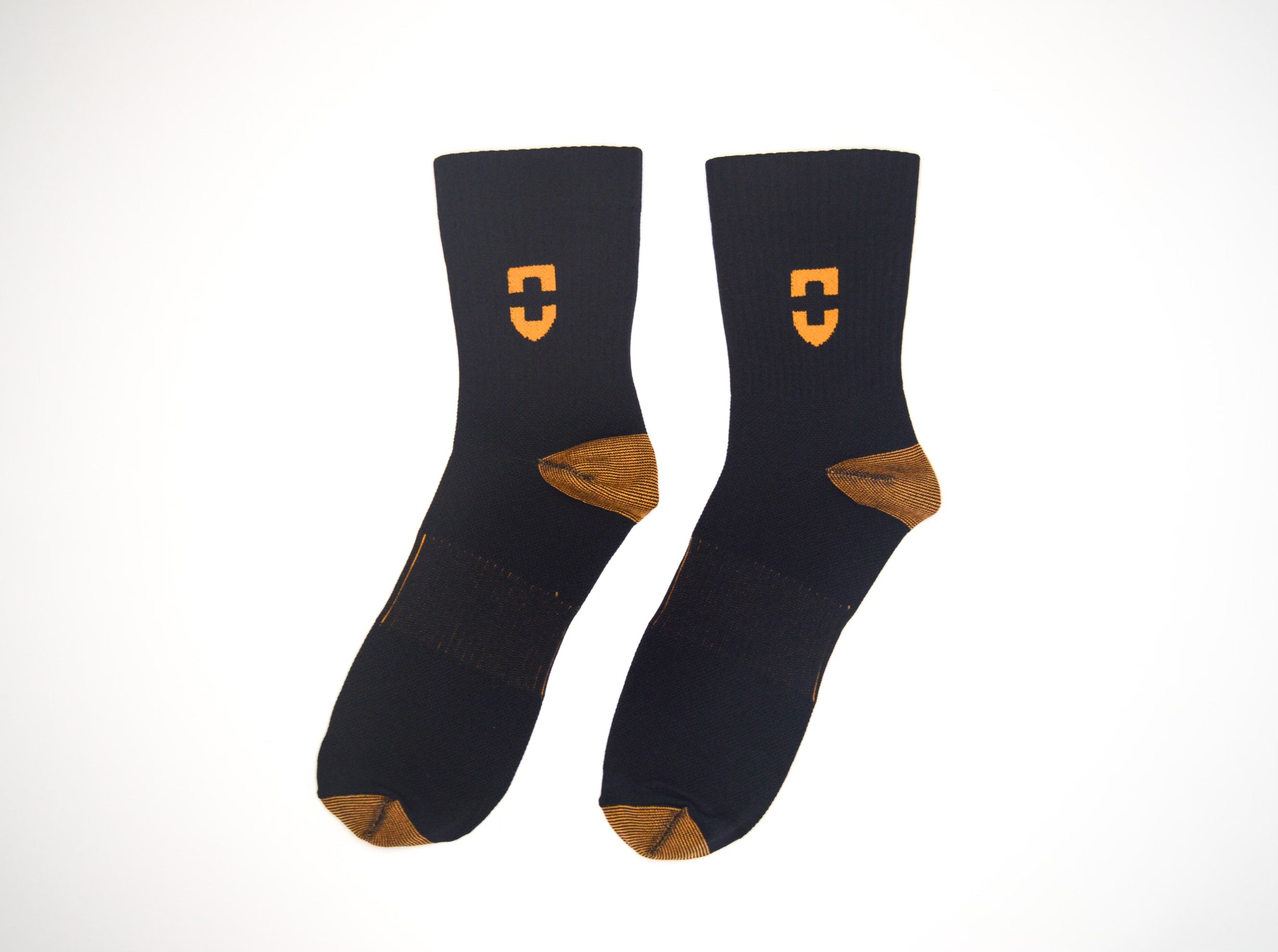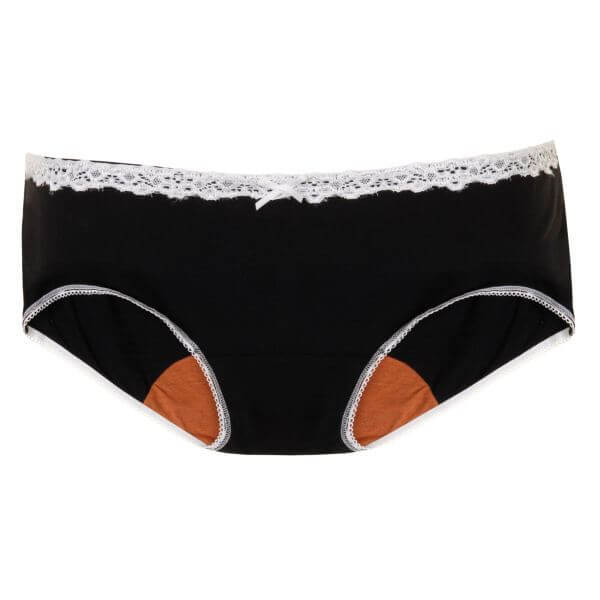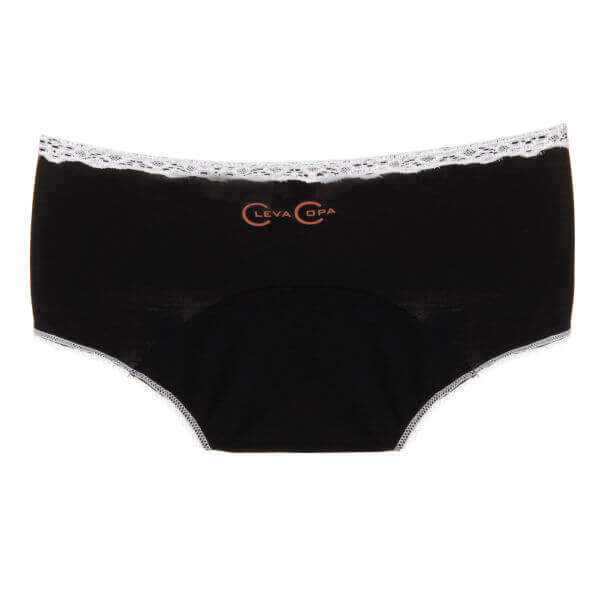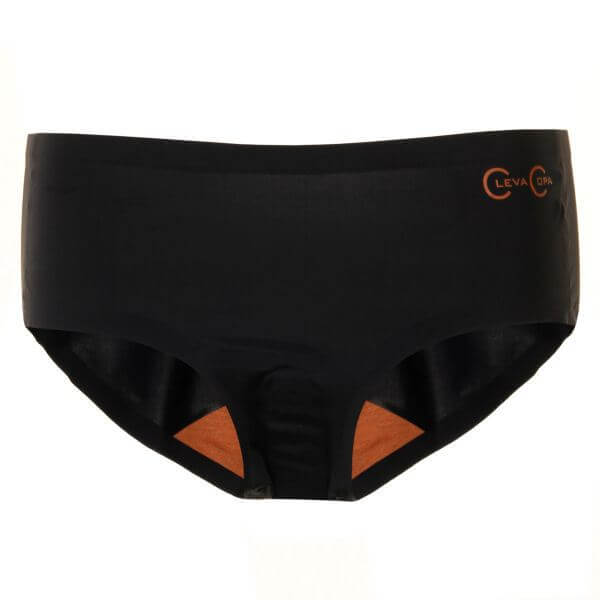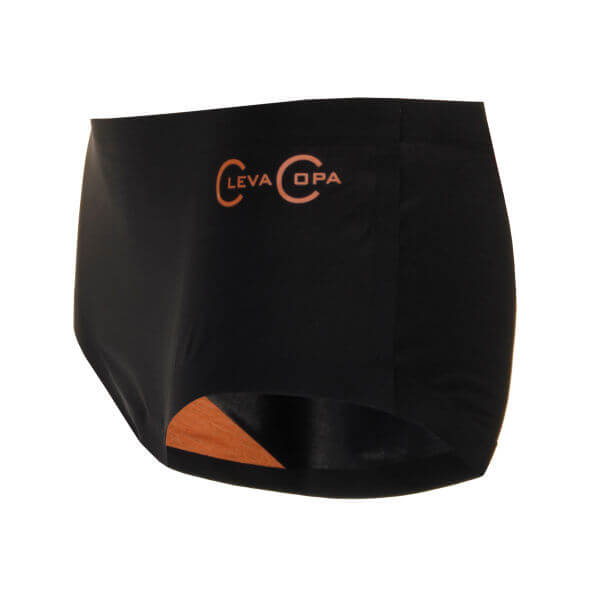Compression Clothing for Lymphedema: How It Helps
Published
February 19 2021
What is Lymphedema?
Lymphedema is a medical condition that results from a blockage in the lymphatic system of the body. This results in swelling of the arms and legs, and in some cases, both arms, or both legs may be swollen.
Usually, Lymphedema is caused by damage to the lymph nodes in the body, due to cancer treatments such as chemotherapy or radiation. Although there is no cure for Lymphedema, the condition can be managed with regular treatment and care.
Types and Causes of Lymphedema
Here is a detailed post on Lymphedema by Baptisthealth.
What are the Types of Lymphedema?
Lymphedema is categorized into two types, based on the causes of the ailment -
Primary Lymphedema:
This is also known as congenital lymphedema and is caused due to a mutation in some of the genes responsible for the development of the lymphatic system. Primary lymphedema may be diagnosed at birth or soon after puberty. This is a rare condition that affects 1 in 6000 people.
Secondary Lymphedema:
This type of Lymphedema occurs as a result of damage to the lymphatic system. This could be due to –
-
Cancer surgery
During cancer surgery, lymph nodes are removed from the body to help contain the spread of cancer. However, this kind of surgery could affect the lymphatic system adversely and cause lymphedema.
-
Radiation therapy
Radiation therapy is used to destroy cancerous tissues in the body. Sometimes, the radiation may affect healthy tissue such as the lymphatic system if it is too close to the cancerous growth. This could lead to lymphedema -
Infections
Severe skin infections such as cellulitis which damages tissues around the lymph nodes or blood vessels can also cause lymphedema. Some kinds of parasite infections are also known to increase the risk of lymphedema. -
Inflammatory Conditions
Ailments that cause inflammation or swelling in the muscles or tissues may cause irreversible damage to the lymphatic system. Some examples of such conditions include rheumatoid arthritis or eczema.
-
Cardiovascular Diseases
Heart conditions or cardiovascular diseases such as deep vein thrombosis (DVT), venous leg ulcers, and varicose veins – which affect blood flow in the body increase the risk of lymphedema in the body.
-
Injury & Trauma
Any severe injury which leads to scarring such as burn injuries, also elevate the risk of developing lymphedema.
Swelling caused by lymphedema ranges from mild (hardly noticeable) to extreme wherein it restricts the use of the limb. The swelling does not retain its lumpy orange peel-like appearance.
Compression Socks for Lymphedema: How it helps?
Compression socks offer relief from lymphedema related swelling in the legs when used in combination with other treatments. Compression socks apply equal pressure around the legs, ankles and feet to help the lymphatic system to work properly. The compression strengthens and aligns the lymphatic vessels to allow for normal flow of the lymphatic fluid in the body.
The stretch material used to make compression socks compresses and massages the leg to enhance the natural movement of lymphatic fluid. The compression also reduces the diameter of the lymphatic vessels in your leg. The socks exert more pressure towards the foot and lesser towards the knee, thus drawing the fluid away from the foot and preventing pooling.
What are the Benefits of Compression Socks With Lymphedema:
-
Helps to Prevent Fluid Build Up
After surgery, compression stockings and clothes are recommended to people who have undergone surgery. After surgery, compression stockings prevent any build-up of fluid in and around the tissues which are healing. Secondly, if you are undergoing decongestive treatments by a lymphedema therapist, compression garments prevent the lymphatic fluid from returning to the affected area after massage.
-
Helps in Faster Healing
Compression stockings are not just helpful in lymphedema. Apart from helping your lymphatic system to work better, compression garments also increase the blood circulation around your body. This helps the wound site get all the required nutrients to boost cell renewal and speed up the healing process.
-
Non-Invasive Treatment
Compression socks are a great alternative to alleviate the problems caused by lymphedema as opposed to surgery. Severe cases of lymphedema require corrective surgery to drain the fluid from the affected site and to treat the damaged tissue and blood vessels. Compression stockings are a non-invasive treatment that can help lymphedema patients avoid surgery.
-
Comfortable to Wear
Compression socks are made with soft, high-performance material which can apply gentle, consistent pressure on your body all through the day and improve blood circulation. The stretch-knit material fits perfectly over your foot and leg irrespective of the size of the wearer. Made with a beaded silicone border, the compression stockings don’t slip or move from their place throughout the day.
-
Inconspicuous
Compression socks have an ingenuous design which looks and fits just like regular socks. They are made of thin, stretch-fit fabric which can be worn under any garment and fits easily inside any kind of shoe.
Which Compression Sock is best for you?
For the best results, it is important for you to find the right compression sock to suit your needs. Based on factors such as style, pressure and price, here’s how to find the right compression sock for yourself:
-
The compression sock should have a comfortable but snug fitting
-
Choose a high-quality material that lasts long. As a rule, compression socks should be replaced every few months.
-
The level of pressure from the compression sock should be comfortable for you.
-
Breathable but strong material, with less seams to avoid any irritation.
Checkout our best quality Long Copper-Infused Compression Stockings on our website:
Conclusion:
Lymphedema is a persistent condition that needs to be managed with ongoing care. Despite regular care and treatment, you may still experience swelling and discomfort from time to time. However, this condition can be managed and patients of lymphedema are known to lead normal lives. It is essential to get a timely diagnosis and suitable treatment with the help of a lymphedema specialist who can recommend the right method to manage your condition. If your condition worsens at any point during your treatment, contact your doctor immediately.









